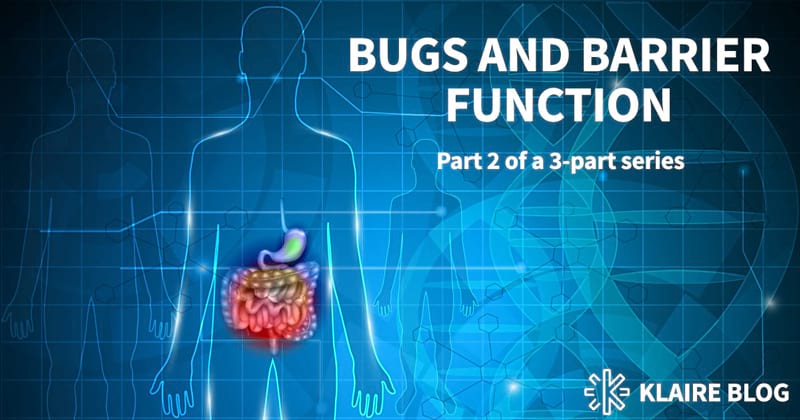The Vagus Nerve Superhighway: Formation of the Gut Brain Connection

It’s impressive: the wandering 10th cranial, or vagus, nerve is the longest in the human body, stretching from the brainstem to the lowest intestinal viscera. It’s a bidirectional neurologic superhighway. A component of the autonomic nervous system (ANS), the vagus nerve extends parasympathetic fibers into nearly every organ in the body. It controls heart and respiratory function and connects the enteric and central nervous systems with our guts, doing most of the talking in that particular conversation. Hosting both sensory afferent and motor efferent fibers, the vagus nerve is the primary link between our brains and our guts. Notably, 80-90% of the signals are initiated from below.
The enteric nervous system (ENS) is a significant component of the ANS and is well-equipped to orchestrate many gastrointestinal functions independent of the central nervous system (CNS). But the ENS keeps in close communication with the brain, sharing many common neurotransmitters and signaling pathways, and the vagus nerve is a major conduit. A few of the key features of this gut-brain superhighway are detailed below:
Satiety Indication
Beyond gastric stimulation of the vagus, serotonin, ghrelin, and gustducin receptors in the GI tract use the vagal pathway to signal nutrient satiety to the brain.
Inflammation Modulation
Vagal afferent fibers respond directly to mediators, including cytokines and endotoxins, thereby transmitting information about peripheral inflammation to the brain. Supported by neurotransmitter acetylcholine activity, the vagus also plays a direct role in modulating localized inflammation metabolism through cholinergic and humoral pathways.
Emotional Response
Healthy vagal communication between the gut and the brain emphasizes acetylcholine and gamma-aminobutyric acid (GABA) production resulting in a calming effect. In a Swiss animal study, researchers found that innate anxiety and learned fear were both subject to visceral modulation via abdominal vagal afferent fibers.1

Related Posts


